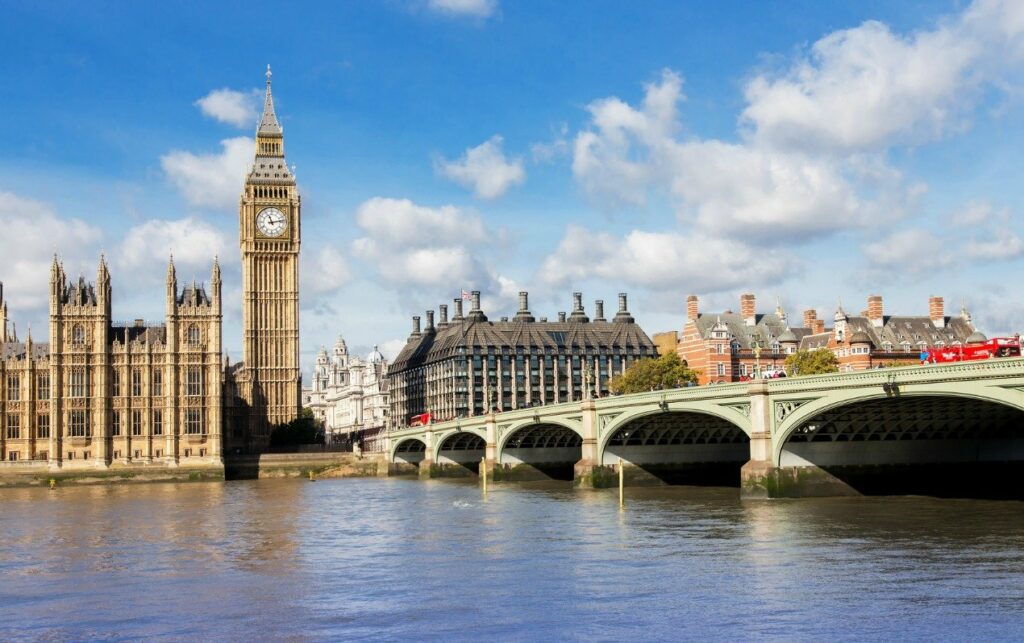Our continuing survey of the climate history of Canadian cities, made possible by the website weatherstats.ca, continues with a visit this week to Regina. With the Farmer's Almanac predicting a harsh, cold winter, the good people of southern Saskatchewan may want to know just how bad it can get. With any luck not as bad as 1885, in which the average low temperature was a bone-breaking -50C. Fortunately it has never been that bad since, although 1936 came close at -47.8; otherwise the average minimum has been steady at around -40C. Likewise the average maximum has been remarkably stable, peaking in 1937 at 43.3C (making for an epic temperature swing over the 1936-37 years) which it has never attained since.
Prairie temperatures have been flat as, well, a prairie, for over a hundred years:

Precipitation has been variable but just as trendless:

Windspeed, on the other hand, shows a pronounced downward trend since the 1950s:

as does the maximum wind gust:

And anyone hoping that global warming would mean more hot summer days should have lived in the 1930s. Since then the number of days above 30C has been steadily drifting downwards.

On the plus side, so has the number of days with temperatures below -25C

Though if the Farmer's Almanac is right, that last chart may look different this time next year. Just not in a good way.


